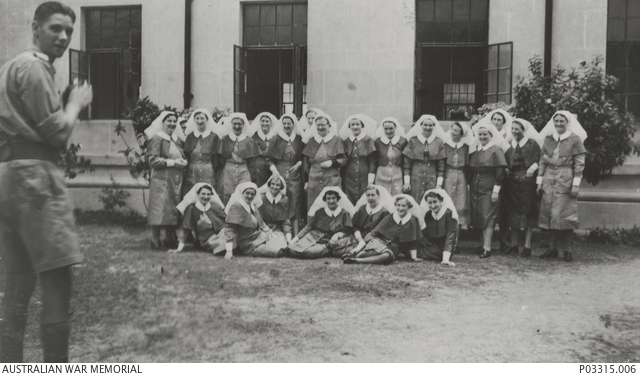Banka Island Massacre
Approximately 150 survivors eventually made it ashore on the nearby Banka Island, after spending between eight and 65 hours in the water. The island had already been occupied by the Japanese and most of the survivors were taken captive.
An awful fate awaited many of those who landed on Radji beach. There, survivors from Vyner Brooke joined up with another party of civilians and as many as 60 Commonwealth servicemen and merchant sailors who had made it ashore after their own vessels were sunk. After an unsuccessful effort to gain food and assistance from local villagers, a deputation was sent to contact the Japanese, with the aim of having the group taken prisoner. All but one of the civilian women, a Briton, followed.
A party of Japanese troops arrived at Radji Beach a few hours later. They shot and bayoneted the males and then forced the 22 Australian nurses, and the British civilian woman, to wade into the sea. The Japanese then shot them from behind.
From the whole party, there were only four survivors: Sister Vivian Bullwinkel; Eric Germann, an American civilian; Ernest Lloyd, a British sailor; and Private Cecil Kinsley, a British soldier. Bulkwinkel had been wounded in the diaphragm and lay on the beach for several hours after the massacre before making contact with Kinsley, who was also wounded. The pair hid in the jungle for several days, during which time Bullwinkel tended Kinsley’s wounds. However, starvation eventually prompted their surrender, and they gave themselves up to the Japanese. Kinsley died soon after their capture, and Bullwinkel spent the rest of the war as an internee.














































